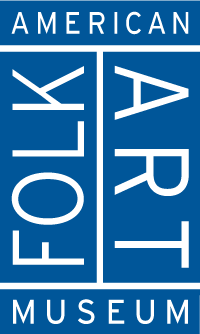Record Details
Reiter Family Album Quilt
The most elegant mid-nineteenth-century album quilts were made in Baltimore, Maryland, by members of the Methodist and German Reformed congregations of the city. The quilts are characterized by their elaborate appliquéd pictorial imagery and creative use of fabrics to simulate realistic textures. This was facilitated, in part, by easy access to a wide range of textiles that were imported into the commercial harbor. Another group of Baltimore album quilts, identified only recently, was inspired by these examples, but the quilts were made by women in the local Jewish community.
This is one of thirteen related quilts that may have been made by members of the Baltimore Hebrew Congregation. Because of their similarities and shared motifs, it is believed that one creative imagination may have designed the quilt blocks, though the quilts may have been completed by different hands. The running elephant is a recurring element, as is the mounted rider, who has been identified as Maryland-born hero of the Mexican–American War, Captain Samuel Hamilton Walker. The quilt descended in the family of Katie Friedman Reiter, who had immigrated to the United States from Czechoslovakia in 1885. She married Benjamin Reiter in 1890, and the couple lived in McKeesport, Pennsylvania. The quilt survived with an oral history of its being made in the 1890s by Katie and her mother, Liebe Gross Friedman, to memorialize the loss of a son and a husband. In fact, it dates to the heyday of the Baltimore album quilt and is clearly in the tradition of the quilts made in the Jewish community there around 1850.
Stacy C. Hollander, “Reiter Family Album Quilt,” exhibition label for Self-Taught Genius: Treasures from the American Folk Art Museum. Stacy C. Hollander and Valérie Rousseau, curators. New York: American Folk Art Museum, 2014.
Object information is a work in progress and may be updated with new research. Records are reviewed and revised, and the American Folk Art Museum welcomes additional information.
To help improve this record, please email photoservices@folkartmuseum.org

















